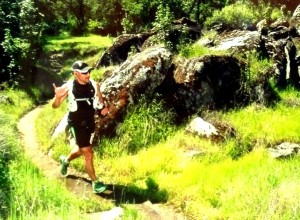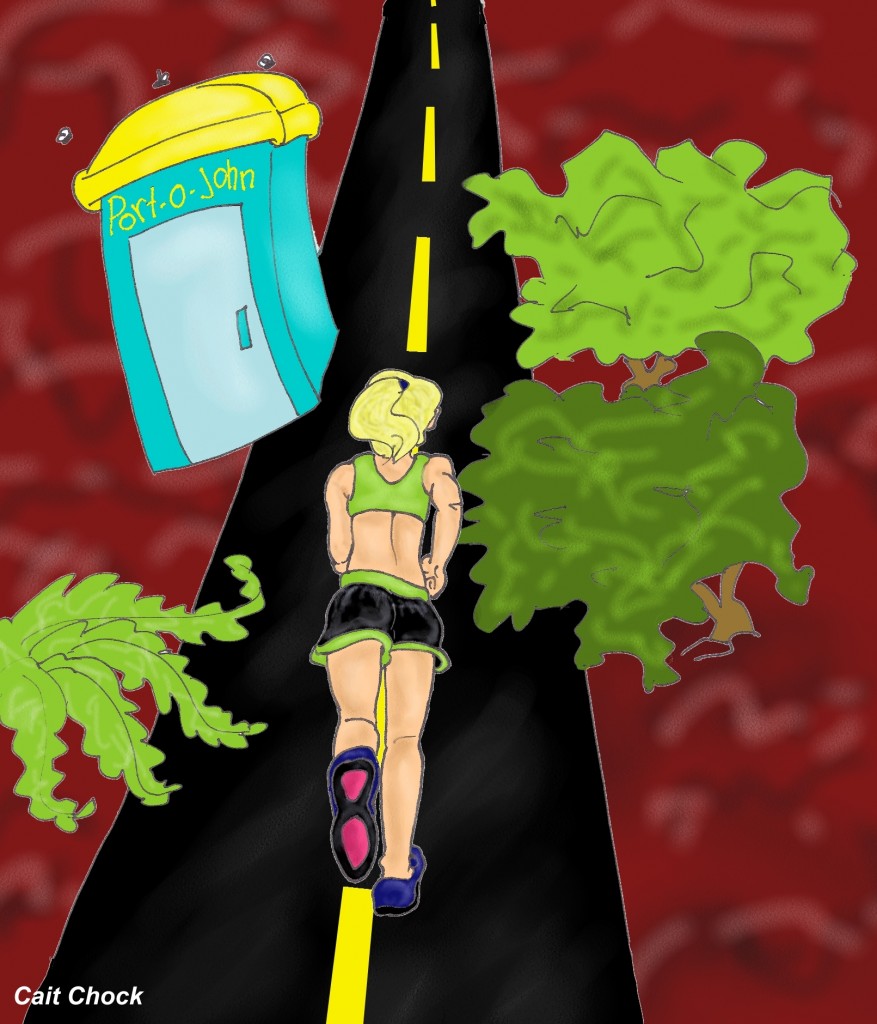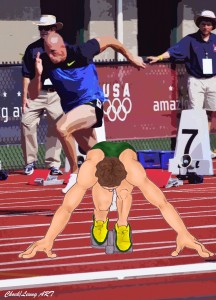Runners are constantly climbing. It’s in our nature to always have a goal we’re working towards, always wanting to push ourselves to do better. Whether it be chasing new PR’s, challenging yourself to expand your race distance range, or even after we’re past our ‘PR-PR’ years, redefining the times and bests (weekly, yearly, masters, etc.) bests.
Diversity. Fitting as it is now cross country season that we talk about diversifying your running and climbs. Cross country thrives on both. I’ve done posts on just how awesome hills are at improving your strength and power, which translates to speed. What I haven’t talked too much on are prolonged hill climbs.

The long climb, yup. We’re talking taking your tempo runs to the trail, or inclined treadmill if you don’t have a stretch long enough outside. I’ve previously featured the man-beast that is Michael Wardian and he’s no stranger to treadmill running.
While he’s one of the World’s best ultra and trail runners, a major chunk of his miles are done on the treadmill so he can fit his runs in around his family’s (namely his kids’!) schedules. Wardian loves a good, long climb.
He makes sure to do hill work a few times a week and, “for me that means hours of running up vertical inclines, sometimes fast, sometimes just a long grind, but always pushing to get better.” Wardian is an ultra runner after all.
Another big fan of prolonged uphill runs is Sage Canaday, a staple workout for him is an uphill tempo run. Canaday is another World leading ultra runner [check out my feature on him HERE], residing in Boulder, CO he has no shortage of trails to mountain goat up.

Yo, that’s my rockstar dad running 50 miles! 🙂
Even if you’re not one of the best in the World, taking advantage of prolonged hill climbs will benefit you. Coach Brad Hudson of the Hudson Training Systems, coaching both HTS Elites and all levels of runners, regularly incorporates uphill tempo runs for his runners.
Try It:
Take your next scheduled tempo run to a hill, keep the distance the same and adjust based on effort. [Captain Obvious: Your times aren’t going to mean much, so go off of effort.] I’d suggest going 4-5 miles.
No hill? No problem…take it to the treadmill. For a moderate climb set the grade to 4% for your tempo run and again, go off of effort. Do your warm-up and cool-down at 1.5%, as that’s the equivalent to running outside on the flats…after you jack that incline up and finish your tempo run, upon lowering you’ll see just how much ‘easier’ the same pace will feel at 1.5%!
If you’re looking for a steeper incline, Captain Obvious tells us you can just elevate the treadmill. 😉
Another twist courtesy of Coach Hudson would be to make your hill climb tempo progressive, begin the workout at a 2% grade and have it up to 6% by the time you finish.
Life’s a climb after all. For runners, we take that both figuratively and literally. 😉
——–
More workout posts HERE
Need some motivation to get ‘er done…look HERE
Sweat hard, recover hard… #SweatsintheCity style, Baby!
——–
1) Are you running cross country season?
2) How do you incorporate hill work into your training?
3) Have you done incline tempo/threshold work?









